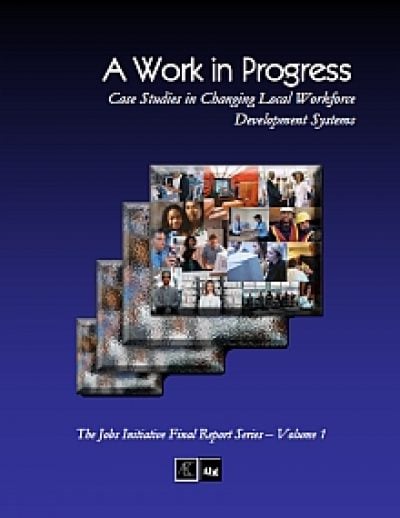The Motive
Federal welfare reform legislation and the Workforce Investment Act (WIA) brought a sense of urgency to helping lots of disadvantaged workers succeed in getting jobs.

By using case studies, this report evaluates the Jobs Initiative, Casey's six-city, eight-year effort to engage local institutions and stakeholders while identifying improved approaches to workforce development services for disadvantaged job seekers. The report delves into a community's ability to create large-scale, system-wide change and help poor families improve their chances in finding quality employment It examines the intentional workforce development system improvements in four of the Jobs Initiative sites: Seattle, WA; Milwaukee, WI; St. Louis,MO; and Philadelphia PA.
More funding sources, including public sources, philanthropies and private businesses, need to be willing to invest in the development and dissemination of improved workforce development practices. Unless this occurs, the overall productivity of the workforce development system, and our ability to address the needs of disadvantaged workers, are not likely to improve.
We hope you'll find value in this report. We’d love to get a little information from you, which we'll use to notify you about relevant new resources.